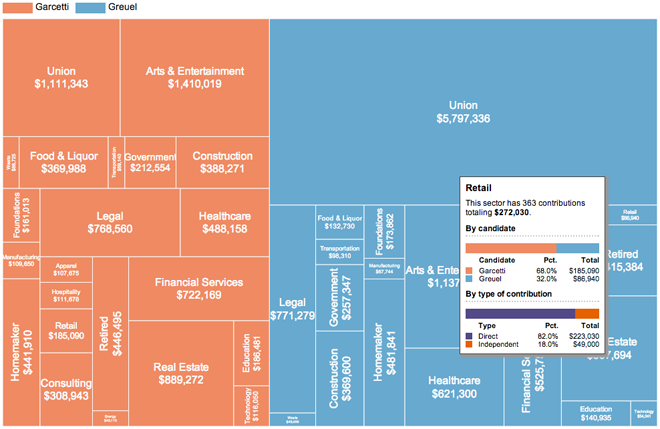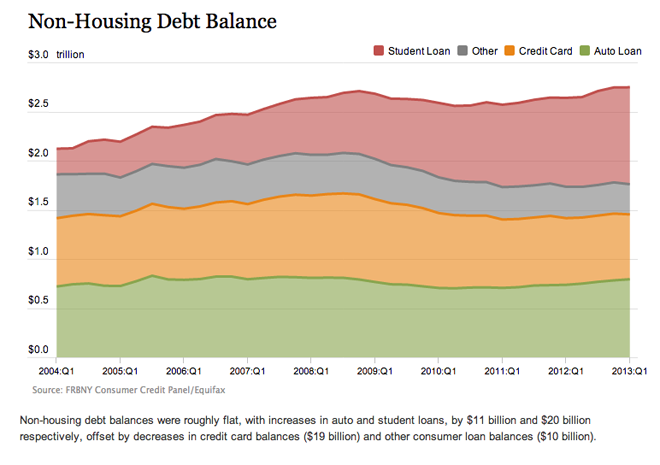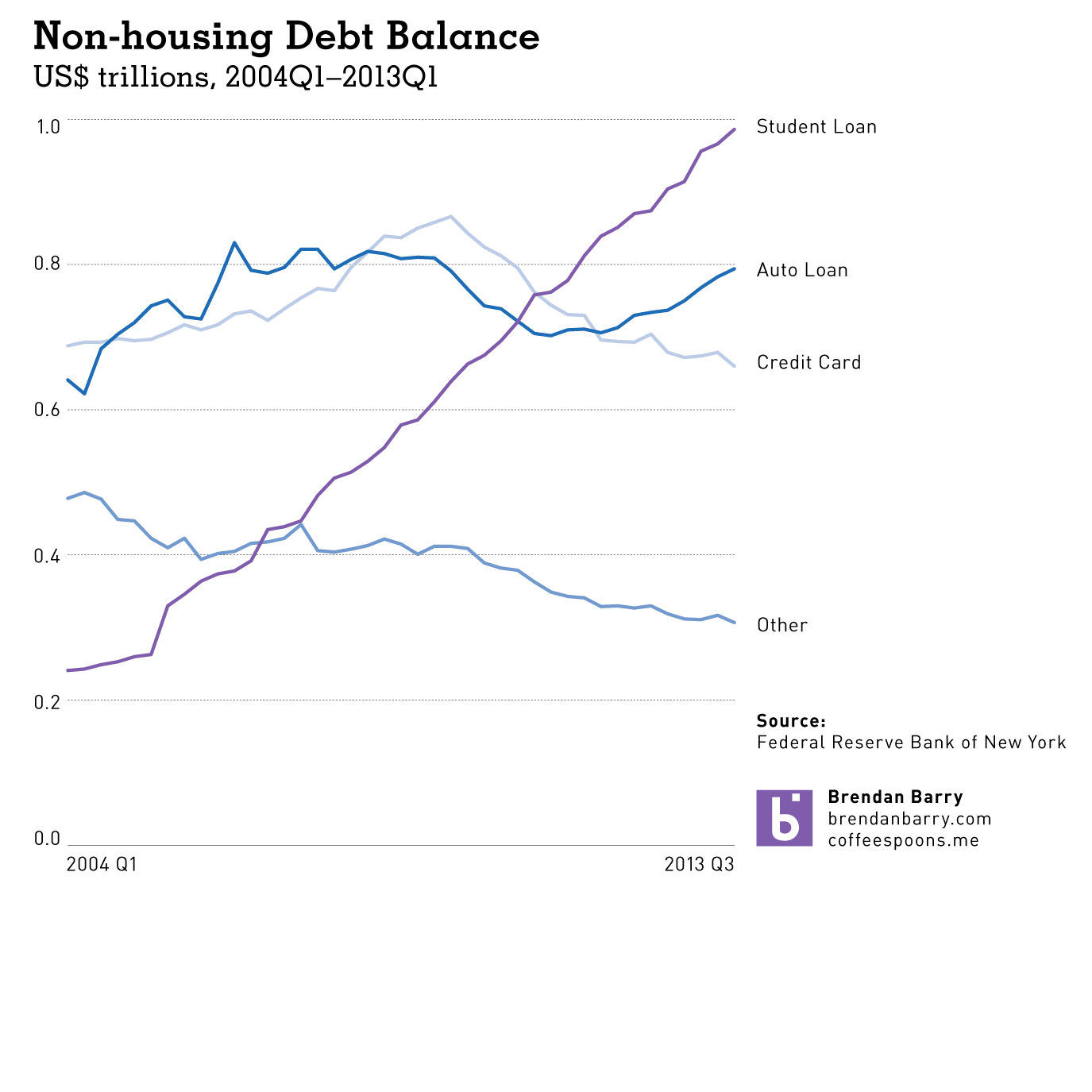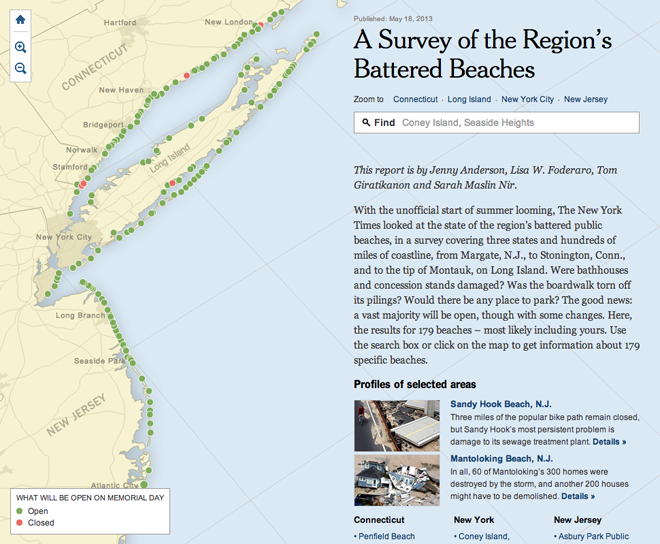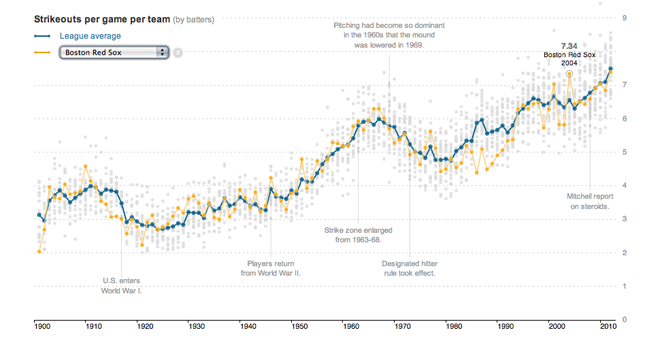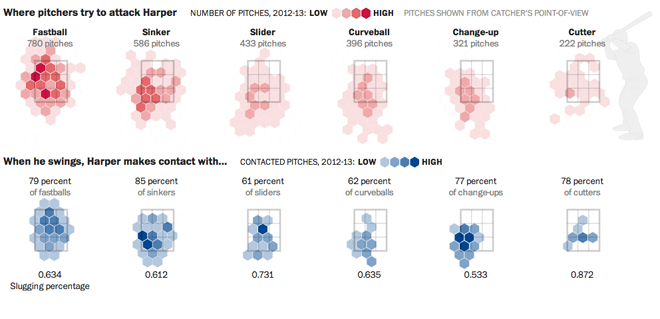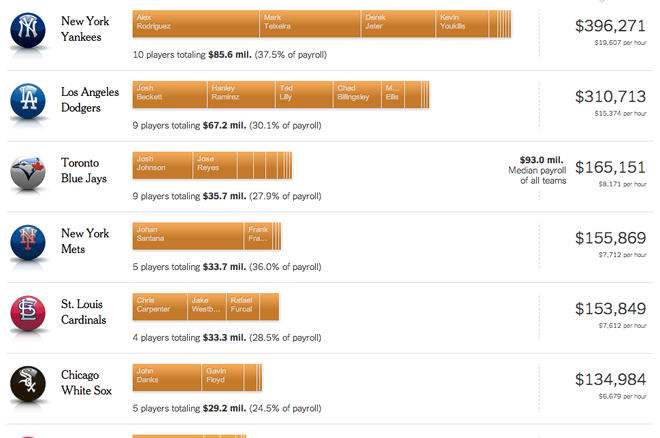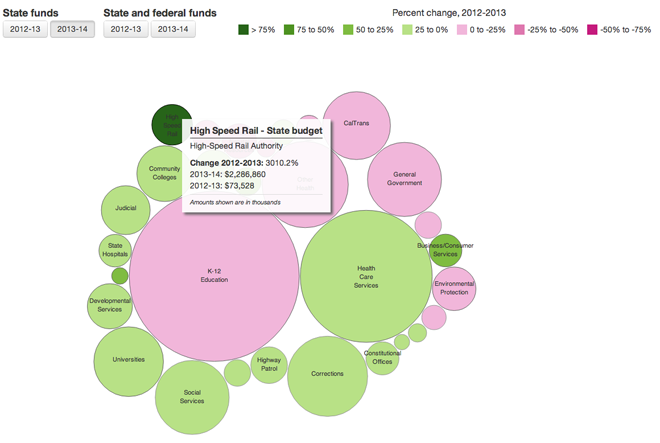Dornier was a German aircraft manufacturer active during World War II. One of their more interesting designs was the Do-17 bomber, nicknamed the Pencil Bomber because of its unusually thin fuselage. All surviving examples of the aircraft were thought destroyed until one was found on the floor of the English Channel. Yesterday the Royal Air Force Museum raised it from the seafloor to preserve it and eventually display it as a museum piece.
The BBC created this interactive piece or illustration to explore the aircraft. The illustration is not the greatest, but this does appear to be a new type of interactive piece for their design team. Accompanying the piece is a bit of text asking for feedback.

Credit for the piece goes to Tian Yuan, George Spencer, Paul Sargeant and Mark Bryson.

